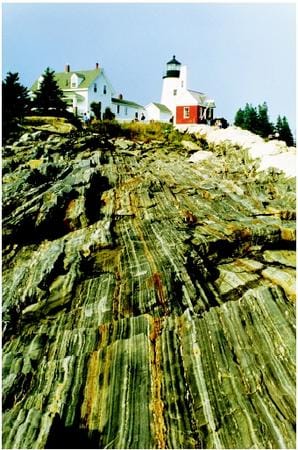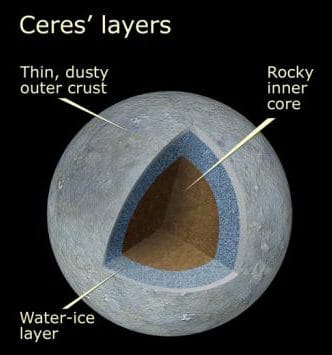The Quadrantid meteor shower is one of the most significant astronomical events that occurs in early January each year. This year, the shower is set to peak tonight, providing an exciting opportunity for both amateur and seasoned astronomers to witness a dazzling display of shooting stars. The Quadrantids are known for their bright meteors, which can be seen streaking across the night sky at impressive rates, particularly during their peak.
The Quadrantid meteor shower originates from the debris left behind by the asteroid 2003 EH1, which is believed to be a dormant comet. As the Earth passes through this cloud of particles, they enter the atmosphere at high speeds, creating the stunning visual phenomenon known as meteors. The Quadrantids are unique in that they often produce fireballs, which are brighter than the average meteor and can leave a lasting impression on observers.
Peak activity for the Quadrantid meteor shower typically occurs in the early hours of January 4th, although the shower can be active from late December through early January. This year, astronomers anticipate that viewers may be able to see up to 120 meteors per hour under ideal conditions. However, the actual number of visible meteors can vary based on factors such as light pollution, weather conditions, and the observer’s location.
To maximize the viewing experience, it is recommended that observers find a dark location, away from the bright lights of urban areas. A clear sky is also essential for optimal visibility. Stargazers should allow their eyes to adjust to the darkness for about 20 minutes, which will enhance their ability to spot the meteors. The best time to observe the Quadrantids is typically between midnight and dawn, when the sky is darkest and the meteors are most active.
In addition to the visual spectacle, the Quadrantid meteor shower offers a unique opportunity for scientific observation. Meteor showers can provide valuable information about the composition of celestial bodies and the dynamics of our solar system. Each meteor that burns up in the atmosphere is a small sample of the material that exists in space, and studying these meteors can help astronomers learn more about the origins of our solar system.
While the Quadrantids are one of the more prominent meteor showers, they are not the only opportunity for skywatchers to catch a glimpse of shooting stars throughout the year. Other notable meteor showers include the Perseids in August and the Geminids in December. Each of these showers has its own unique characteristics and peak viewing times, making them exciting events for astronomy enthusiasts.
The Quadrantid meteor shower also has a rich historical background. It was first discovered in the 1830s and has been observed and documented by astronomers ever since. The name “Quadrantid” comes from the now-obsolete constellation Quadrans Muralis, which was located in the area of the sky where the meteors appear to originate. Although the constellation is no longer recognized, the name has persisted in the meteor shower’s title.
For those who may not be able to view the meteor shower tonight, there are various online platforms and observatories that often provide live streams of such astronomical events. These resources can allow individuals to experience the beauty of the Quadrantid meteor shower from the comfort of their homes, regardless of their geographical location.
As we embark on the year 2025, the Quadrantid meteor shower serves as a reminder of the wonders of the universe and the beauty of celestial events. Whether you are an avid stargazer or simply someone looking to enjoy a night under the stars, tonight’s meteor shower offers a perfect opportunity to connect with the cosmos. So, grab a blanket, find a dark spot, and prepare to witness the magic of the Quadrantids as they light up the night sky.



